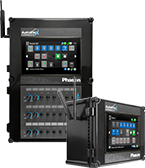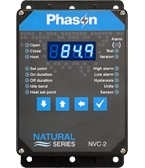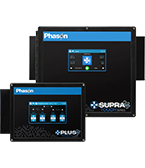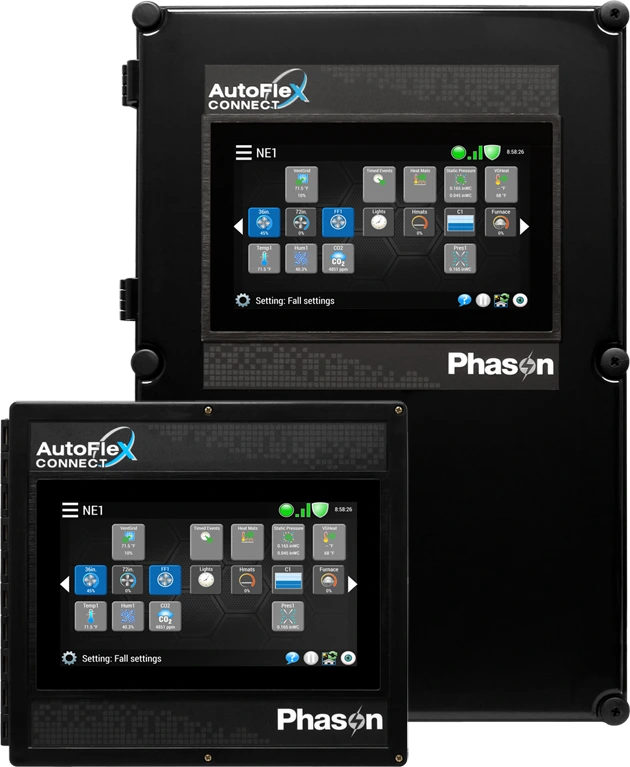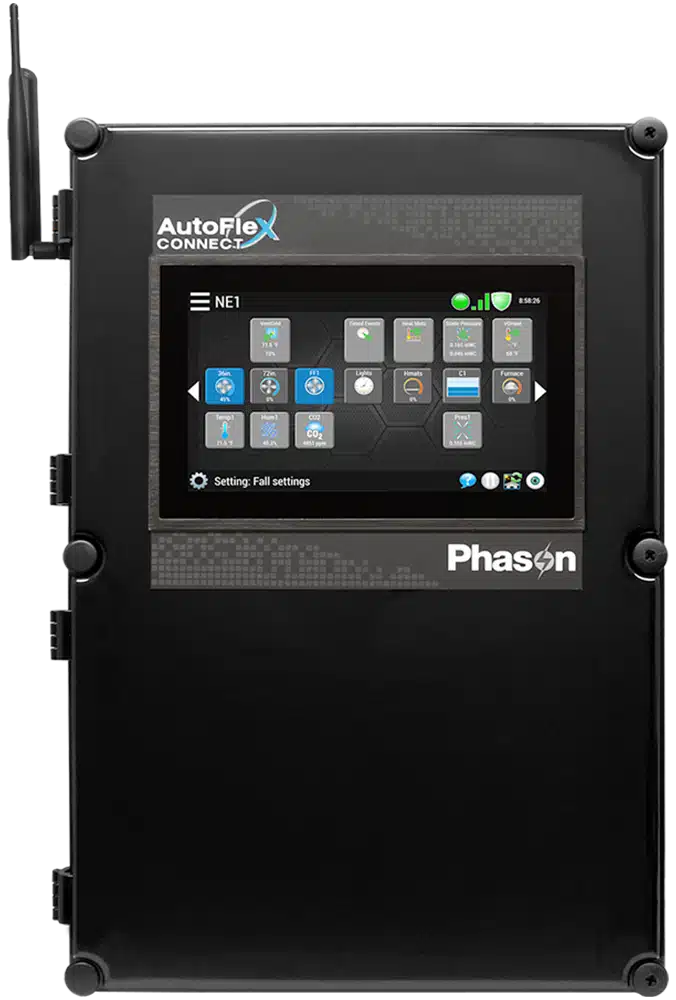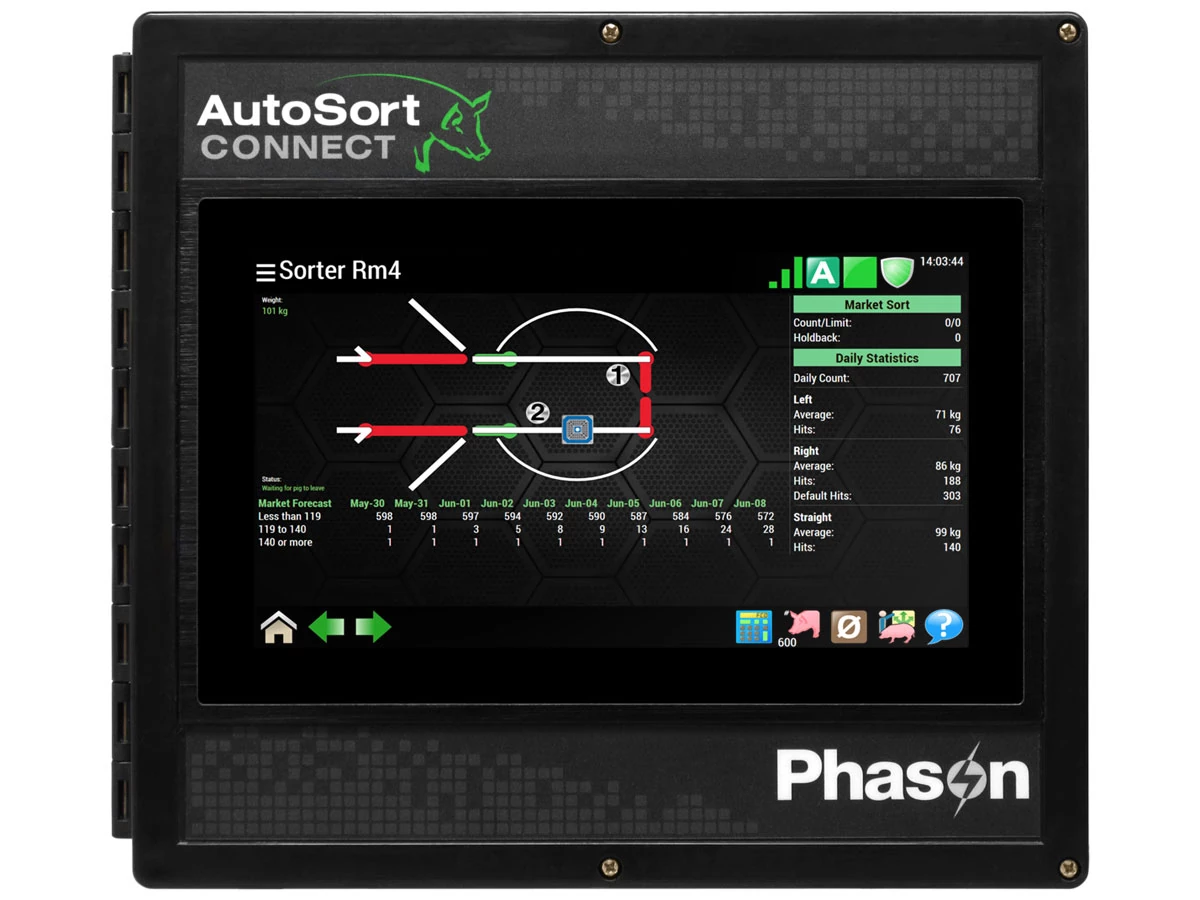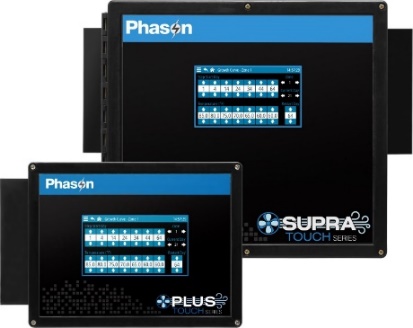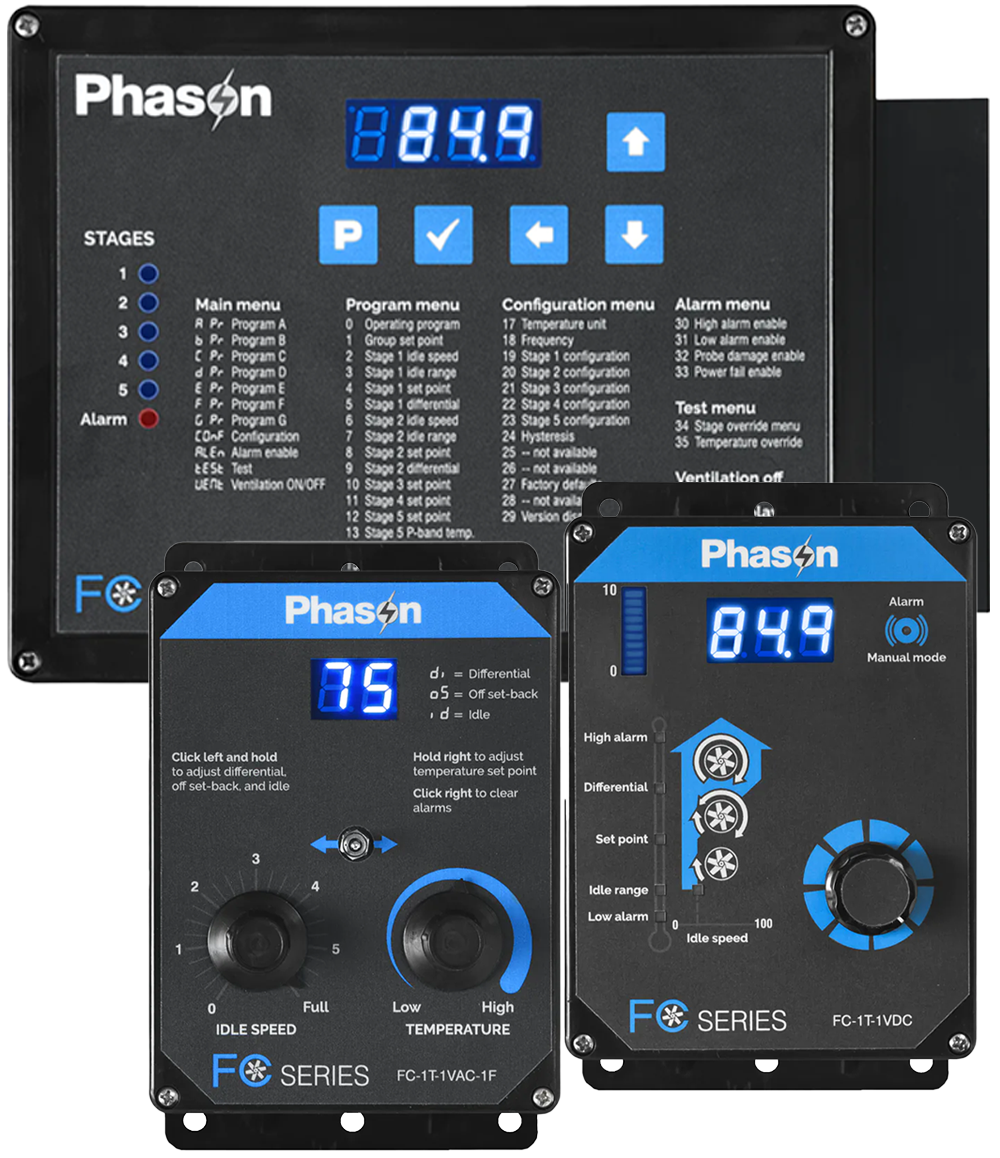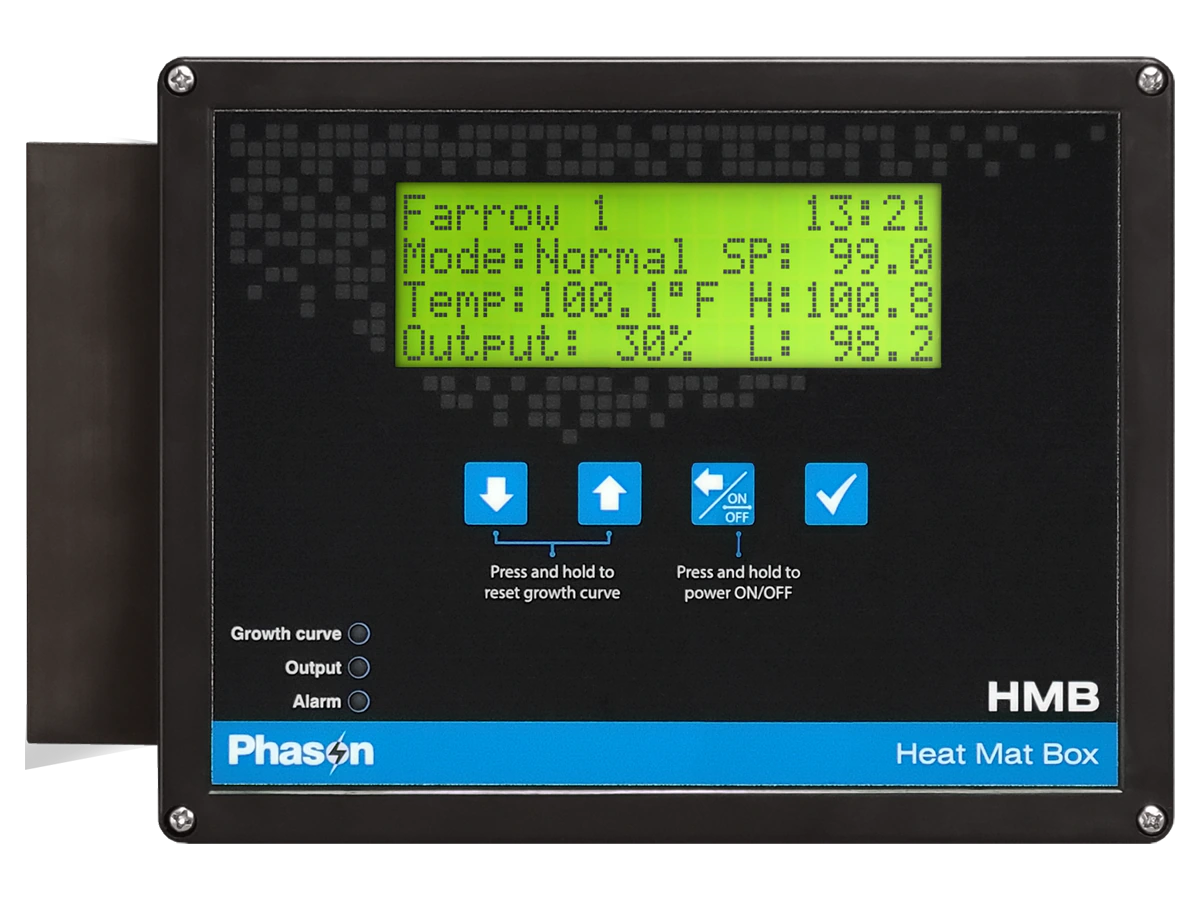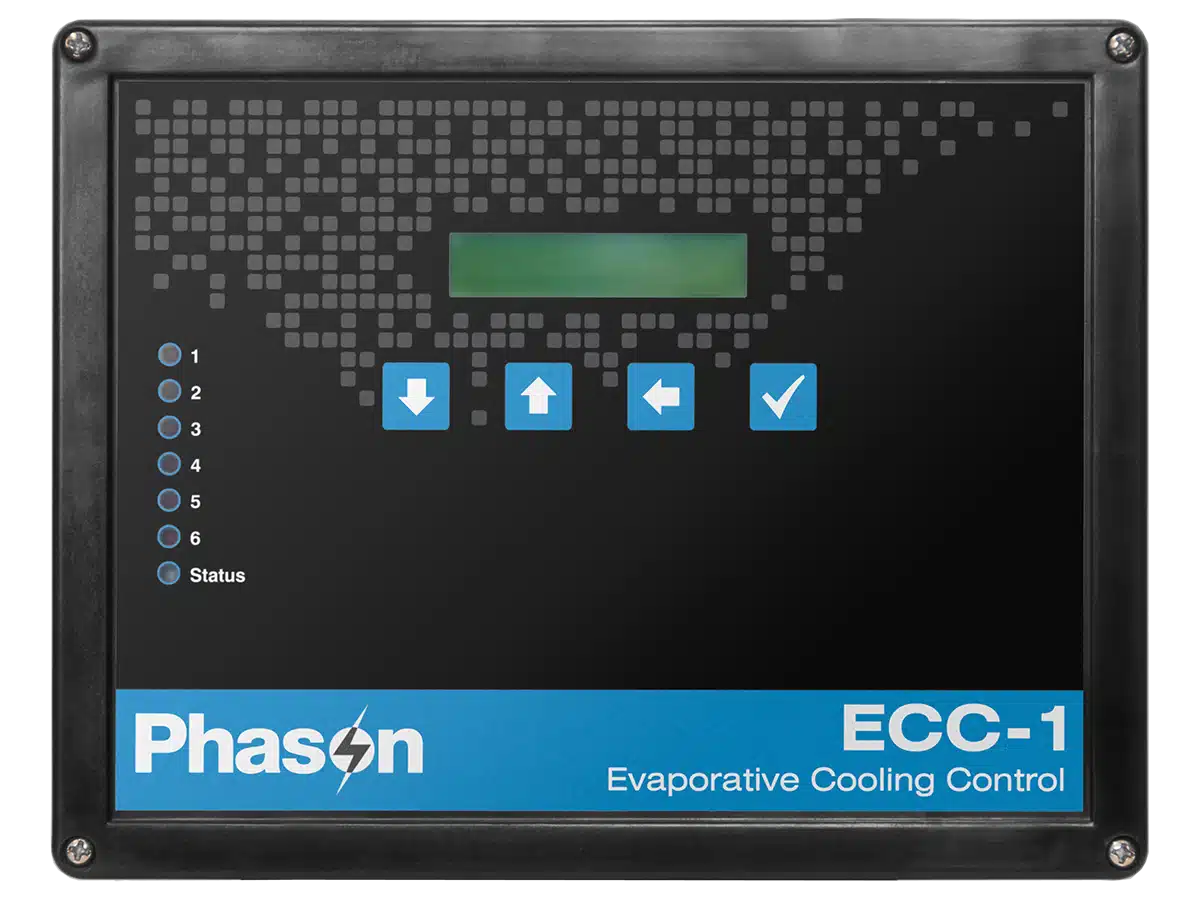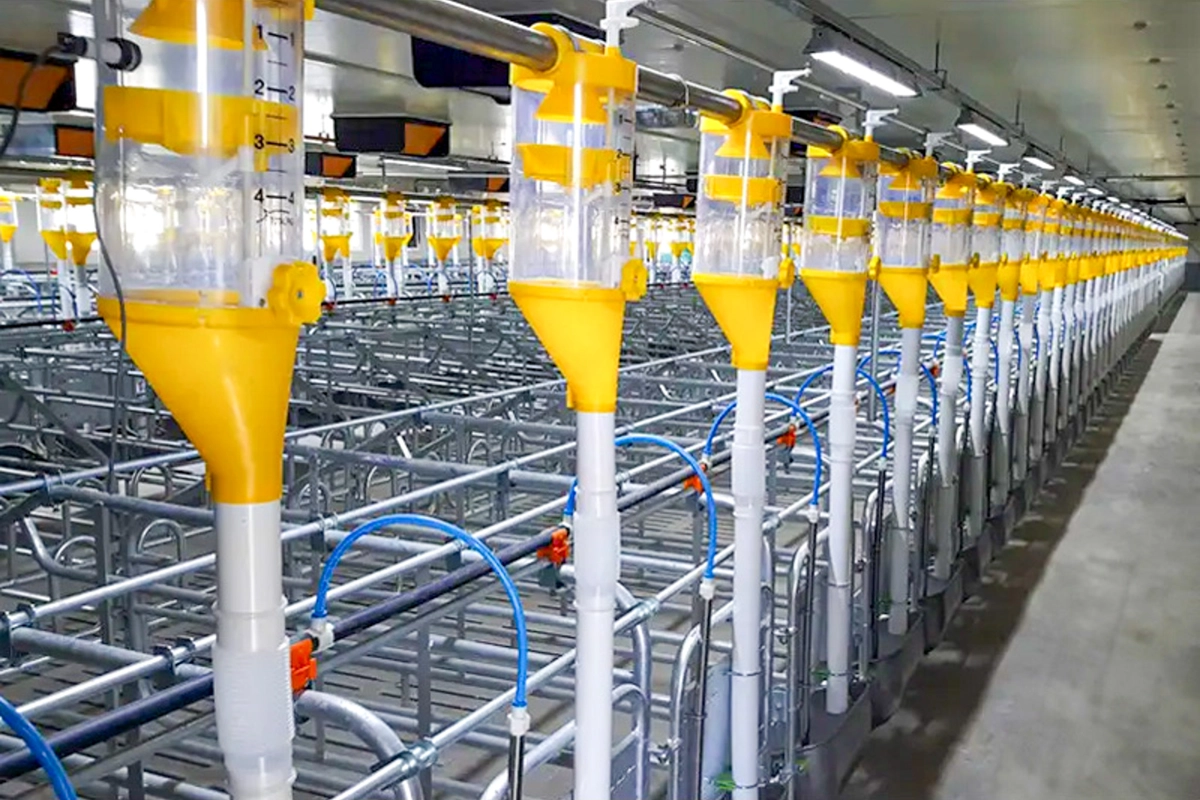
Barn operations require constant monitoring and adjustments—from feed distribution to air circulation and lighting. Instead of managing each system separately, AutoFlex Connect integrates them all, creating a smart, responsive environment that maximizes efficiency and reduces operational costs.
Why Full System Automation Matters
Managing multiple systems manually leads to inconsistencies, inefficiencies, and labor-intensive processes. With AutoFlex Connect:
- Feeding, ventilation, and climate control work together to create optimal conditions.
- Automated scheduling ensures feeding, lighting, and ventilation adjust based on time of day, temperature, or occupancy.
- Producers can monitor everything remotely, making adjustments as needed in real-time.
How AutoFlex Connect Integrates with Barn Systems
Chain Disk Feed System and Feed Loop
- Optimized feed scheduling for better herd nutrition
- Blockage detection to prevent disruptions in feed delivery
- Motor load balancing to reduce wear and maintenance
Ventilation and Airflow Management
- Fan speed automation based on humidity, temperature, and air quality
- CO2 and ammonia monitoring to prevents air quality issues
- Climate control synchronization ensures stable barn climate
Lighting and Day-Night Cycle Management
- Synchronizes with feeding schedules to support optimal growth
- Reduces energy use by dimming or turning off lights in unoccupied areas
- Automates transitions between day and night cycles, reducing stress on animals
Remote Access & Alerts
- Monitor feed systems, ventilation, and lighting from anywhere
- Receive instant notifications for maintenance needs, motor failures, or feed flow issues
- Adjust settings remotely, saving time and increasing efficiency
Why Barn Operators Benefit from AutoFlex Connect
- Improved operational efficiency—Automation reduces human error and ensures precision.
- Cost savings—Synchronizing feed, airflow, and lighting lowers energy and feed waste costs.
- Better animal growth—Pigs get precisely-scheduled feed.
- Less downtime—Preventative alerts mean maintenance can be handled before failures occur.
With one system managing everything, barn operators spend less time adjusting settings and more time focusing on production.

